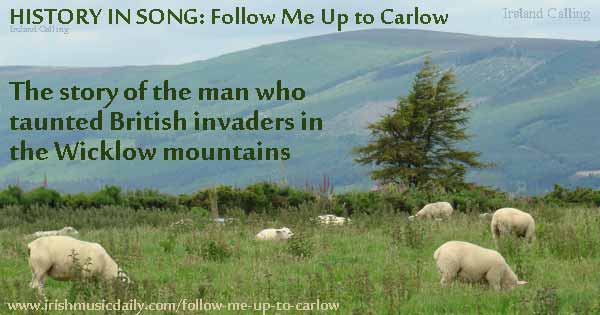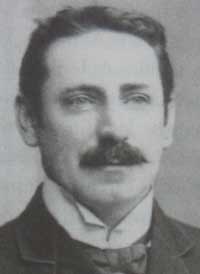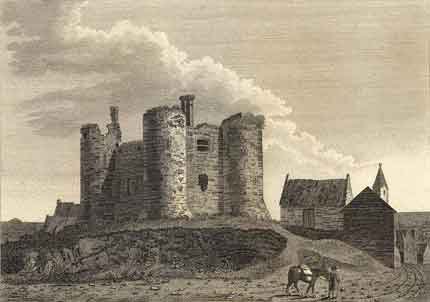Follow Me Up to Carlow recounts the struggles of Irish clan leaders against British rule in Ireland in the late 16th century.
Fiach Mac Hugh O’Byrne
Story explained
Fiach MacHugh has given the word
Battle of Glenmalure
Follow Me up to Carlow Videos
Lyrics and chords
The central character of the song is Fiach Mac Hugh O’Byrne.
He was a wily and ferocious figure who tormented British commanders for 30 years during the reign of Queen Elizabeth I. The song sounds as though it’s a contemporary account of battles and skirmishes but it wasn’t written until nearly 200 years after the events it describes.

The author was P J McCall, who also wrote numerous other songs including Boolavogue and Kelly the Boy From Killane.
The song celebrates exploits of Fiach Mac Hugh O’Byrne
Follow Me Up to Carlow is often described as being about the Battle of Glenmalure, but it’s really much broader than that.
The Battle of Glenmalure took place in 1580. The British had grown tired of the way Fiach openly defied them and decided to deal with him once and for all. Troops were despatched to confront and capture him but he proved too wily.
Fiach ambushed and routed the English forces in the mountainous terrain of Glenmalure, high in the Wicklow Mountains.
Follow Me Up to Carlow looks to a future battle
The song certainly celebrates that victory but the Battle of Glenmalure has already happened as the song begins.
The main focus of the lyrics is to provide a rallying call for a future battle.
The Irish are being urged to stop brooding on the past and to stop worrying about the strength of the British. They have a leader in O’Byrne who is capable of leading them on to victory.
That’s why the refrain of the song is Fiach’s cry of Follow Me Up to Carlow.
Why Follow Me Up to Carlow?
There was a British military base at Carlow and so the call could refer to a proposed attack. There was no such attack, however, and the so the call is to be taken as a more general call to arms, a call to rebel against British rule.

McCall was a nationalist and he liked to look to Ireland’s past as a way of providing inspiration for nationalists in the 19th century to take action to throw of British rule.
McCall uses a similar approach in Boolavogue where he gives a stirring account of Father Murphy’s exploits in the 1798 Rebellion and then ends the song by saying that the cause that called those rebels “may call tomorrow in another fight for the green again”.
The melody for Follow Me Up to Carlow
Liam Gaul, in his biography Glory O! Glory O! The Life of P J McCall, describes how Follow Me Up to Carlow was one of 11 tunes that McCall collected at a musical evening in October 1887 in County Wexford.
There’s a widely held view that the tune to Follow Me Up to Carlow was originally played as a marching tune by Fiach MacHugh O’Byrne’s pipers as they celebrated victory after the Battle of Glenmalure.
A marching tune for O’Byrne’s followers?
This may have given McCall the idea of using the tune for a song about Fiach’s exploits. When he first published Follow Me Up to Carlow in Songs of Erin in 1899, he referred to it as The Marching Song of Feagh MacHugh “The Firebrand of the Mountains”.
There is no known written evidence to prove the tune dates back to the time of O’Byrne. It could be that the idea only emerged after McCall published his song.
We’ll probably never know for certain but whatever the case, it remains a hugely popular song with its irresistible, hypnotic melody, its intriguing lyrics and its mysterious rallying call, Follow Me Up to Carlow.
More on Fiach MacHugh O’Byrne – Irish firebrand rebel leader
Follow Me Up to Carlow
Fiach Mac Hugh O’Byrne
Story explained
Fiach MacHugh has given the word
Battle of Glenmalure
Follow Me up to Carlow Videos
Lyrics and chords
